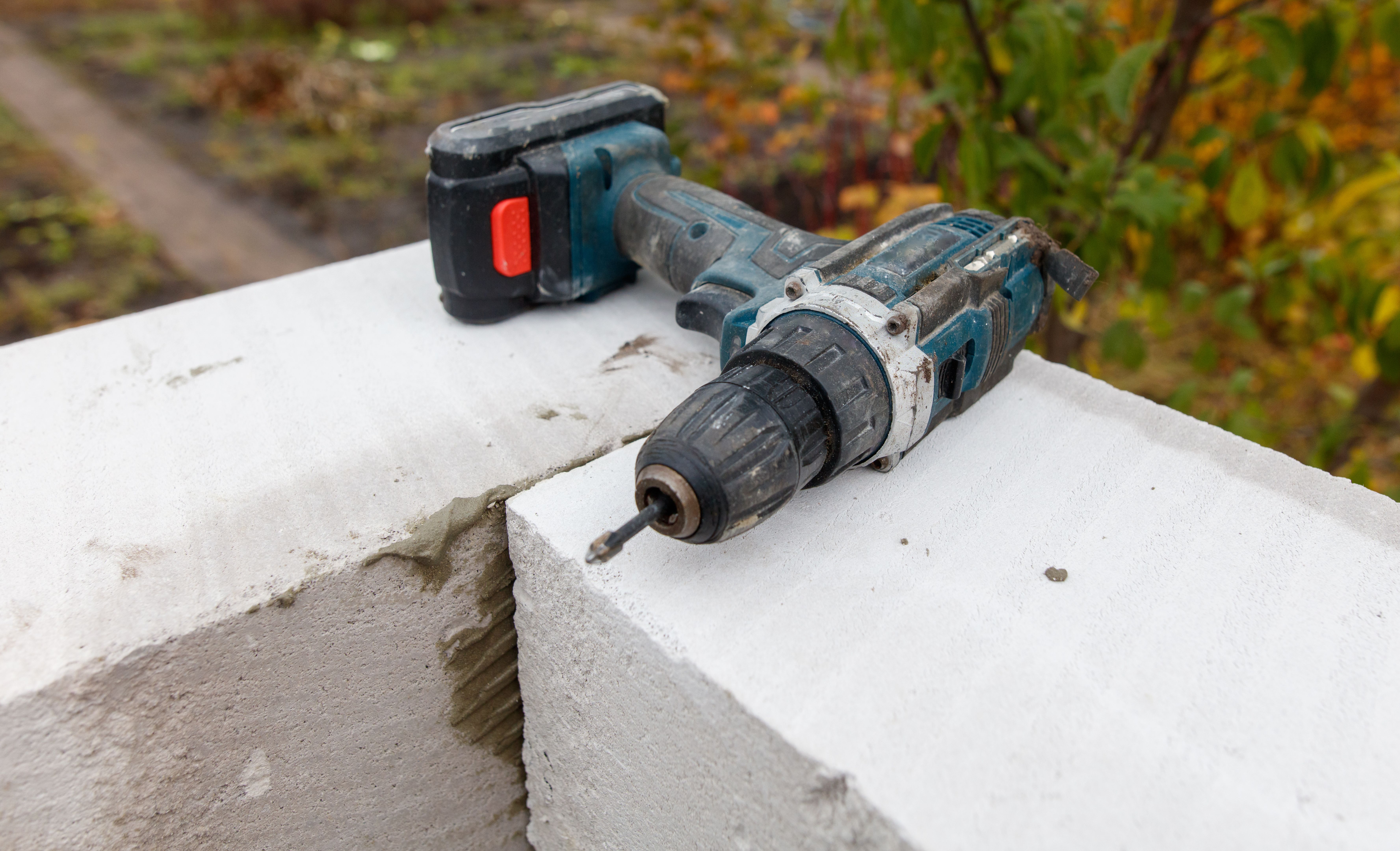Excessive Vibration When Using a Magnet Drill: Causes and Solutions
RR
Understanding Excessive Vibration in Magnet Drills
Magnet drills are essential tools in metalworking, known for their precision and efficiency. However, excessive vibration during operation can lead to reduced accuracy and increased wear on the tool. Understanding the causes of this vibration is crucial for both safety and performance.

Causes of Excessive Vibration
Several factors can contribute to excessive vibration in magnet drills. Identifying these causes can help in troubleshooting and maintaining optimal operation. Here are some common reasons:
- Improper Alignment: If the drill is not aligned correctly with the work surface, it can cause wobbling and vibration.
- Dull Drill Bits: Using a dull or damaged drill bit increases resistance, leading to vibrations.
- Uneven Surfaces: Drilling on an uneven surface can create instability, resulting in vibrations.
Solutions to Minimize Vibration
Addressing excessive vibration requires a combination of regular maintenance and proper usage techniques. Below are some effective solutions:
- Ensure Proper Alignment: Always check the alignment of the drill before starting. Use guides or supports if necessary.
- Regularly Sharpen Drill Bits: Keep drill bits sharp and in good condition to reduce resistance and vibration.
- Stabilize the Work Surface: Ensure the surface is stable and even. Use clamps or additional supports if needed.

Maintenance Tips for Reducing Vibration
Regular maintenance plays a vital role in reducing and preventing excessive vibration. Here are some tips to keep your magnet drill in top condition:
- Inspect the drill and its components regularly for wear and tear.
- Lubricate moving parts to ensure smooth operation.
- Store the drill in a clean, dry place to prevent rust and corrosion.
The Importance of Operator Training
Proper training for operators is essential to minimize vibration. Understanding the correct methods and safety protocols can lead to more efficient and safer drilling operations. Investing in training can significantly reduce the risk of excessive vibration and prolong the life of the tool.

Conclusion
Excessive vibration in magnet drills can be a significant issue, affecting both the quality of work and the tool's longevity. By understanding the causes and implementing effective solutions, you can ensure smoother and more precise drilling operations. Regular maintenance, proper alignment, sharp drill bits, and operator training are key to achieving optimal performance.